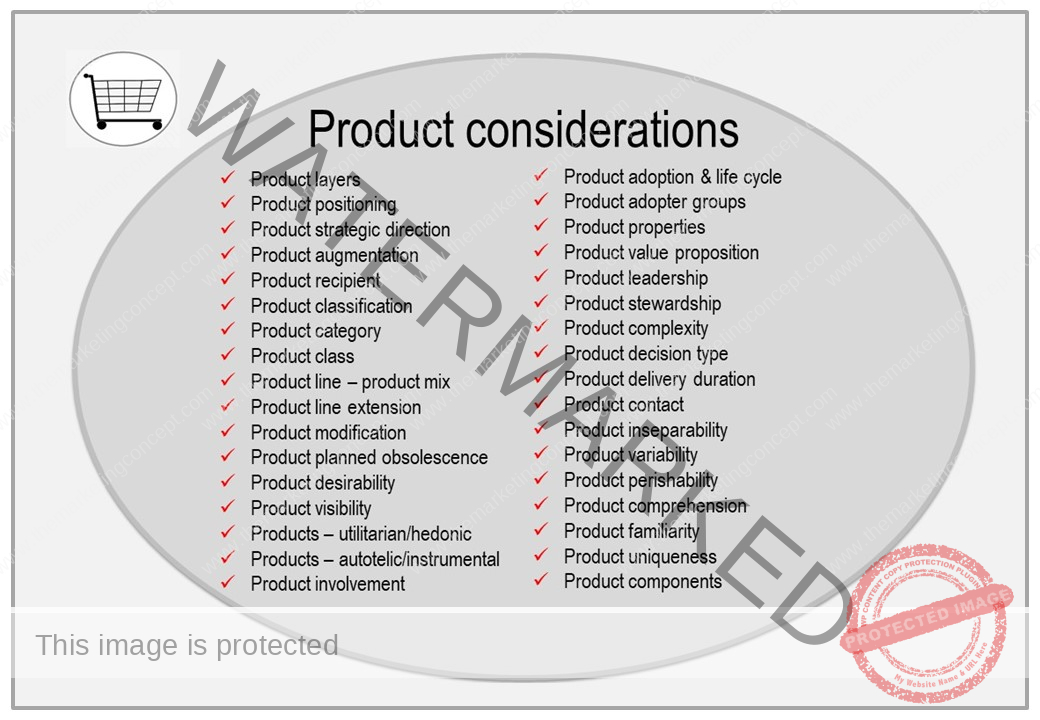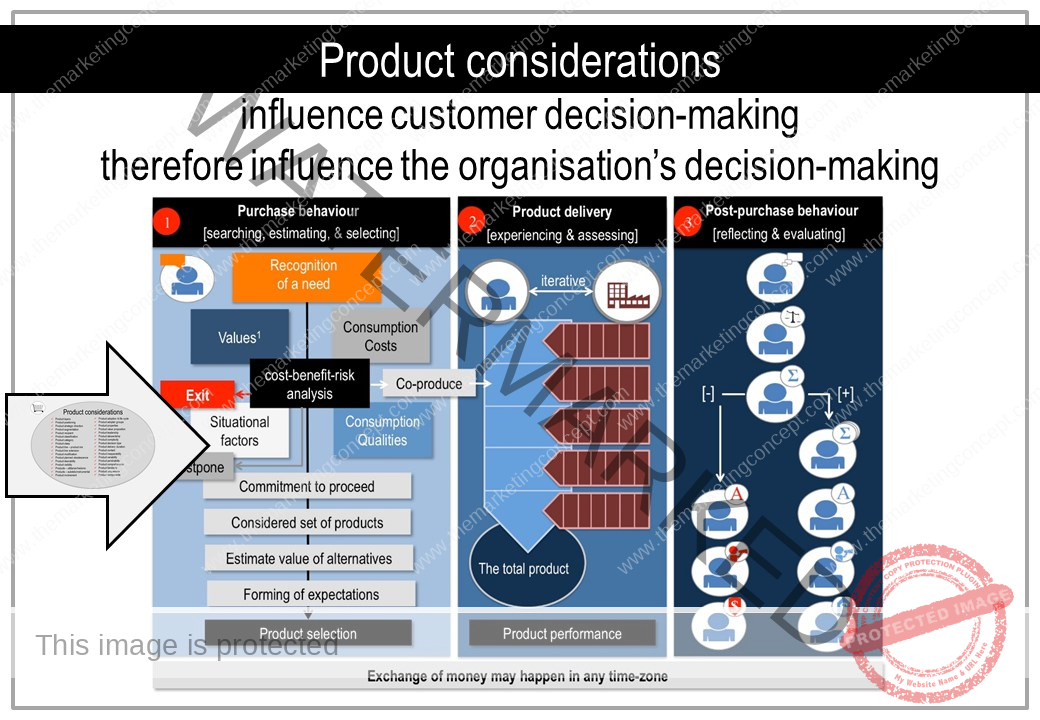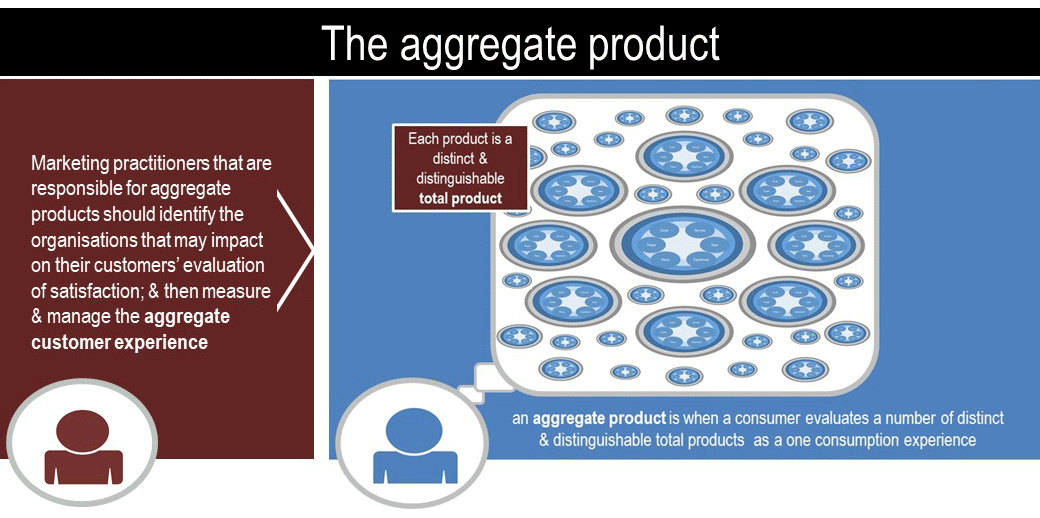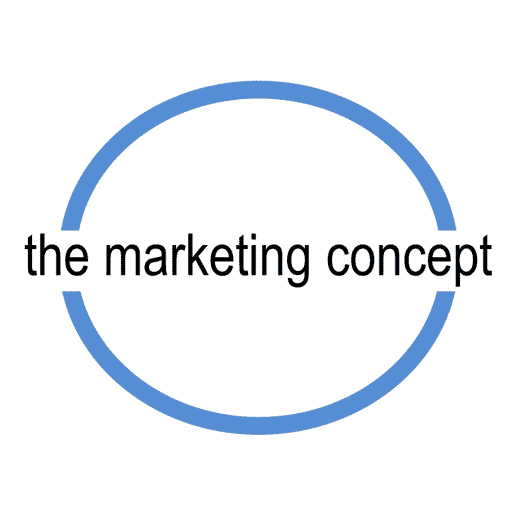
.
Singapore: an aggregate product & aggregate brand
In this exemplar we discuss – strategic image management, aggregate products, aggregate satisfaction, and aggregate brands.
Often when I hear non-marketing people talking about ‘destination marketing’ it often sounds like the selling concept and not the marketing concept – sending a message – selling a destination – ‘make it convincing and they will come’ – ‘build the brand’. Recently I heard someone talking about a ‘silver bullet’ marketing campaign – and the proposition was that the campaign needs to be undertaken because we need tourists to spend their money. Q: Where was visitor satisfaction in their conversation? A: Nowhere.
Perhaps, not surprisingly, there are Annual Reports by Government Tourism bodies where visitor satisfaction is not even mentioned, where it is given scant attention, or presented in statistics that appear to include any visitor who is not dissatisfied.
Thankfully – not every tourist bureau adopts this approach – there are exemplars of good practice. A great exemplar of the marketing concept and the continual quest for best satisfying products is Singapore.
Singapore is not a product – I hear you say
Some may question whether Singapore is a product – this is a normal first reaction. If this is you – then maybe think beyond the convenience products in a supermarket or the shopping products in a department store or the specialty products that you purchase – a product is the sum of all efforts – the sum of all qualities offered in an exchange – what is material and non-material and includes the product components of goods, services, ideas, experiences, people and place. Keep in mind, people buy products to meet their needs and wants and overtime the product creates and impression in the minds of consumers – this impression is called a brand. Therefore, Singapore is a product and also a brand.
There are 193 sovereign states in the UN, each competing for trade, tourism, investment and talent. What Singapore demonstrates is that strategic image management is needed to communicate a uniqueness that is distinct, discernible, and desirable to a selected market and then through managing customer satisfaction creates a brand identity congruent with the strategic intentions.
.
The word product comes from the Latin word productum – it implies to deliver, to bring forth, the result – the sum of the parts – the sum of efforts – the sum of all qualities. Some think that the word product means – goods – material objects – made and then sold. However, products are more than goods. Some products are non-material [physically intangible] sold then produced. When economists discuss the GDP of a country – the discussion is much broader than goods – and much broader than services.
You often hear people say ‘products and services’ and this just demonstrates the degree of confusion. Because every product has a service component. A product would not reach the market without facilitating and enabling services the sum of all efforts.
Let’s face it – to the traveller – Singapore is a product. There is a buyer decision process that starts with the recognition of a need, the cost-benefits-risk analysis, the evaluation of alternatives, exit-postponement-commitment, the selection of the destination, the selection of the various options, and then there is the holiday, and the return home and the reflection, and paying the credit card statement.
So what sort of product is a holiday to Singapore? – For many, their visit to Singapore could be classified as an ‘experience’ dominant product – however, travelling is subjective and situational – for others it could be place dominant, or ideas dominant, or people people dominant, or goods dominant, or maybe even services dominant.

.
the Singapore product through the eyes of a marketing academic
Most marketers acknowledge that a product is the ‘totality’ of what a customer gives and gets in an exchange – this is referred to as the total product.
The total product is defined as: The totality of what an organisation delivers to the customer – what is promised, therefore, what is expected, what is delivered, and what are the total costs to the customer.
To define a Singapore holiday as a total product is not entirely accurate; it fails to recognise that from a customer’s perspective a Singapore holiday is rarely one exchange. The Singapore holiday is a bundle of distinct and distinguishable exchanges and each exchange is a total product in its own right.
If we refer back to the product considerations in themarketingconcept [e-book] and read the product considerations chapter we can see that the tourism products includes products that vary considerably; for example, the product classification, from your own holiday experiences you will recognise that sometimes a product, such as a taxi fare, can be relatively low in cost [convenience products], or a gift for a loved one [shopping products]; whilst other products, such as as hotel accommodation or airfares can be considerably more expensive and involving [specialty products].
However, the bundle of products in a Singapore holiday will also vary across product categories, product involvement, product recipient, product complexity, product decision type, product/brand status, product delivery duration, product contact, product familiarity, product comprehension, product life-cycle, product adopter groups, product components, product inseparability, product variability, product perishability, product uniqueness. And whilst some products may be part of the overall travel experience, others may be classified as consequential products [e.g., travel insurance, use of credit cards, immigration] and measuring satisfaction may be difficult.
Adding to the complexity is that the customer may be visiting Singapore for business or pleasure [or a mix of both] and may be travelling alone or in the company of others.There are other customer characteristics – the customer’s values, demographics, willingness and ability to spend, their perceptions and attitude to risk, their roles in the process, previous experiences and expectations.
Nevertheless, each exchange is a distinct and distinguishable total product.


Moreover, each exchange has a distinct and distinguishable buyer decision process with 3 time zones – i.e., purchase behaviour, product delivery and post-purchase evaluation. In each exchange the customer forms pre-purchase expectations and conducts a post-purchase evaluation of satisfaction. What is interesting is that some decisions are made prior to departure, whereas others are made during the visit – these decisions may be made face to face or at arm’s length and facilitated by technology. There is often more than one decision-maker and often more than one person is the product recipient. Regardless of the product, when the holiday is over, the traveller[s] will examine their credit card statement – transaction by transaction; they will reflect on each transaction each total product and then evaluate their visit to Singapore as an aggregate – ‘what a great holiday – well worth the money’.
The term an ‘aggregate product’ assists marketing practitioners to understand that in some situations consumers aggregate a number of total products – a series of total product experiences that are combined into an aggregate product experience. The Singapore product is one such product – however, there are aggregate products in non-tourism sectors.
Author’s comments: According to the Oxford dictionary the term ‘aggregate’ means – a collection of, or the total of, a number of disparate elements, collect, come together into one mass, unite into one body. Interestingly, marketing practitioners, particularly in e-commerce, refer to people, organisations, or software that brings together distinct and distinguishable products into one location as ‘aggregators’. Often this is a website which frequently updates information [feeds] from a number of sources and then consolidates the information to enable more convenient searching.
The aggregate product is therefore a bundle of distinct and distinguishable total products that are selected by a customer and although they may appear to be independent; the organisations are interdependent and influenced by the collective satisfaction of all customers.
From a tourism product producer’s perspective it is important to remember that every total product also has a product life cycle and this requires a continuous product development process to ensure that the dreams, desires, and demands of the selected target market are understood and that the product is designed, developed, and delivered to ensure that customer expectations are met, and customer satisfaction results. Best satisfying products are essential for trust and loyal behaviour [positive word of mouth and repeat customers], and a competitive advantage.
Classifying a tourism product as an aggregate product assists marketing practitioners to think holistically and then to measure and manage customer satisfaction across a number of product categories, components, and classifications, and business sectors.


.
‘what isn’t measured cannot be managed’
One example of thinking holistically is the Customer Satisfaction Index of Singapore [CSISG]; this was introduced, in 2008, to measure and manage the major contributors to the Gross Domestic product [GDP] of Singapore. As tourism is a major contributor to the economic development the survey ameasures the satisfaction of visitors to Singapore. The survey measures satisfaction in 11 sectors and 40 sub sectors; the data is collected as every-day research and the findings are reported quarterly and annually. The CSISG report is easily accessible online.
- Let’s backtrack a little – there are different types of satisfaction – episodic, cumulative, and collective.
- episodic satisfaction: an evaluation of satisfaction from one encounter with one product
- cumulative satisfaction: an evaluation of a number of encounters by one customer with one product
- collective satisfaction: an evaluation of all encounters by all customers with one product
- The CSISG survey offers an important lesson to marketing practitioners.
- YES – It examines the episodic satisfaction – one encounter of one customer with one product.
- YES – it measures the cumulative satisfaction – more than one encounter of one customer with one product
- YES – it measure collective satisfaction – all encounters of all customers with one product.
However, the CSISG survey then takes the process a step further by presenting the aggregate satisfaction of all encounters of all customers of all products associated with managing the customer satisfaction of a visit to Singapore. Therefore, the CSISG reveals a new type of satisfaction aggregate satisfaction.
On a macro level, the CSISG research provides an overview of the quality of the collective consumption experiences; those familiar with Singapore would recognise service quality as the foundation of the Singapore economy. This research enables the Singapore strategic planners to measure aggregate progress and to design and develop long-term, medium-term, and short-term customer satisfaction objectives. On a micro level, the CSISG provides participating organisations with an valid and reliable performance indicator. This provides a benchmark for participating organisations to measure their organisation’s progress and also develop their organisational strategic business and marketing plans, and their tactical marketing action plans. Furthermore, deviations from the customer and organisation’s expectation can be identified and managed.
Although the CSISG survey measures the performance of some organisations it does not measure all organisations; having data that is valid, reliable, and timely enables not participating organisations to benchmark their performance against their industry sector standard. Clearly, the objective is to create a culture of service excellence and build a competitive advantage. Although we have discussed aggregate products and aggregate satisfaction in a tourism context the concepts can be applied to other sectors.
There is an old adage that states that actions speak louder than words and this is true for building brand equity. Enterprise Singapore is a government agency with the objective of building the capabilities of Singapore organisations. There is no doubt that Singapore has been a model of service excellence for many years, however, Enterprise Singapore is focused on reducing complacency and ensuring that business is well place to maximise the opportunities in an increasingly competitive international marketplace.

.
if Singapore is a product is it also a brand?
Although people purchase products brand recall, brand recognition, and brand reputation influence the consumer’s decision making process – so branding is important. A brand is a longitudinal representation of the unique product value proposition of an organisation’s products. Therefore, whilst brands influence the consumer’s decision making the consumer’s consumption experience influences the brand and the brand identity. In keeping with the theory of brand equity a brand is the collective evaluation of satisfaction by all customers.
It would be fair to say that most consumers are not really conscious of places as brands. Nevertheless, branding is impotant and the Singapore Tourism Bureau has responsibility of managing Brand Singapore.
A visit to the Singapore Tourism Bureau website provides an insight as to how the Singapore brand is positioned to compete with the cheaper destination alternatives. Singapore cannot compete on low-cost; this means that each experience must be an augmented product experience; this includes new and rejuvenated attractions to ensure that the Singapore brand remains fresh and attractive to visitors and repeat visitors.
Regardless of the point of arrival or departure, Changi Airport or Singapore Cruise Terminal, the facilities are superb and the Singapore Government clearly sees the long-term investment to create a rewarding customer experience as a priority. There is no doubt that both ports, and particularly Changi Airport enhance Singapore’s reputation as a commercial centre. My conversations with hospitality staff reveal a number of initiatives to create a better visitor experience. Technology is also employed to improve the visitor experience and amplify social media. The Singapore Tourism Bureau recognises the importance of events across a wide range of interests sporting, arts, shopping, and yes horticulture.

.
creating an authentic Singapore experience
Over the last 50 years Singaporeans have created a city in a garden. Singaporeans are fortunate that their leaders, and not just political leaders, have set an example, have a long-term vision for sustainability and have measurable objectives.
This vision was evident on my first ‘real’ visit to Singapore, in 1990. During our seven day holiday we went to the Singapore Orchid Gardens, the Botanical Gardens, the Bird Park, the Zoo, visited a street where people brought their canaries for a breath of fresh air, explored a number of shopping centres, and in the evening went to the Satay Club and other outdoor eating venues. Each night after our meal we walked back exhausted to the Peninsula Hotel on Coleman Street.
I have revisited Singapore countless times and apart from Coleman Street – the rest of Singapore is unrecognisable – there appears to be a constant process of renewal of non-heritage buildings. Singaporeans often reminisce about the old Singapore, however, they are also extremely proud of their nation’s achievements – and justifiably so.

.
keep it fresh and epistemic
An example of continuous rejuvenation is Singapore Zoo [see above], although I visited it on my first visit, I have subsequently visited it 3 times – including one Night Safari – what a great idea when the night temperatures are more pleasant and the animals are more active. The Singapore Grand Prix is also a night race – with the Marina Bay and the cityscape as a backdrop. Building eWOM and repeat business with an experience dominant product requires effectively communicating a reason to return and each experience must be an epistemic experience.
Speaking of the past and the present Trishaw 360 is an immersive virtual reality Trishaw journey visiting some of Singapore’s iconic places. A great introduction to Singapore.

gardens in the sky
Over the years I have witnessed the greening and greening of Singapore. Some main streets are now completely shaded by a canopy of trees. Buildings have internal and external garden walls and courtyards are tranquil tropical gardens and water features. Roof tops have gardens – sometimes vegetable gardens.
Here is a city that is truly unique and I guess a great place to live and work. Personally, it is a great place to visit or just for a stopover to break up a long flight. A visit to Singapore leaves me with a sense optimism and, perhaps, how urban generations of the future may live.

the images above show the Singapore Botanic Gardens
marketing practitioners can learn from Singapore
In this exemplar, we have introduced Singapore, from a visitors’ perspective, as an aggregate product and the need to measure aggregate satisfaction to ensure that the Singapore product is continually a best satisfying product. What we have also seen is that the Singapore Brand is an aggregate of all of the brands that a visitor to Singapore experiences – this could be considered an aggregate brand.
Tasks:
Statement: the idea/discovery of the aggregate product has emerged through discussions on this website and is relatively new. what are your opinions based on your experience.
Do you tend to consider your vacations as an aggregate product?
Do you see a holiday as an aggregate of convenience, shopping and specialty products?


